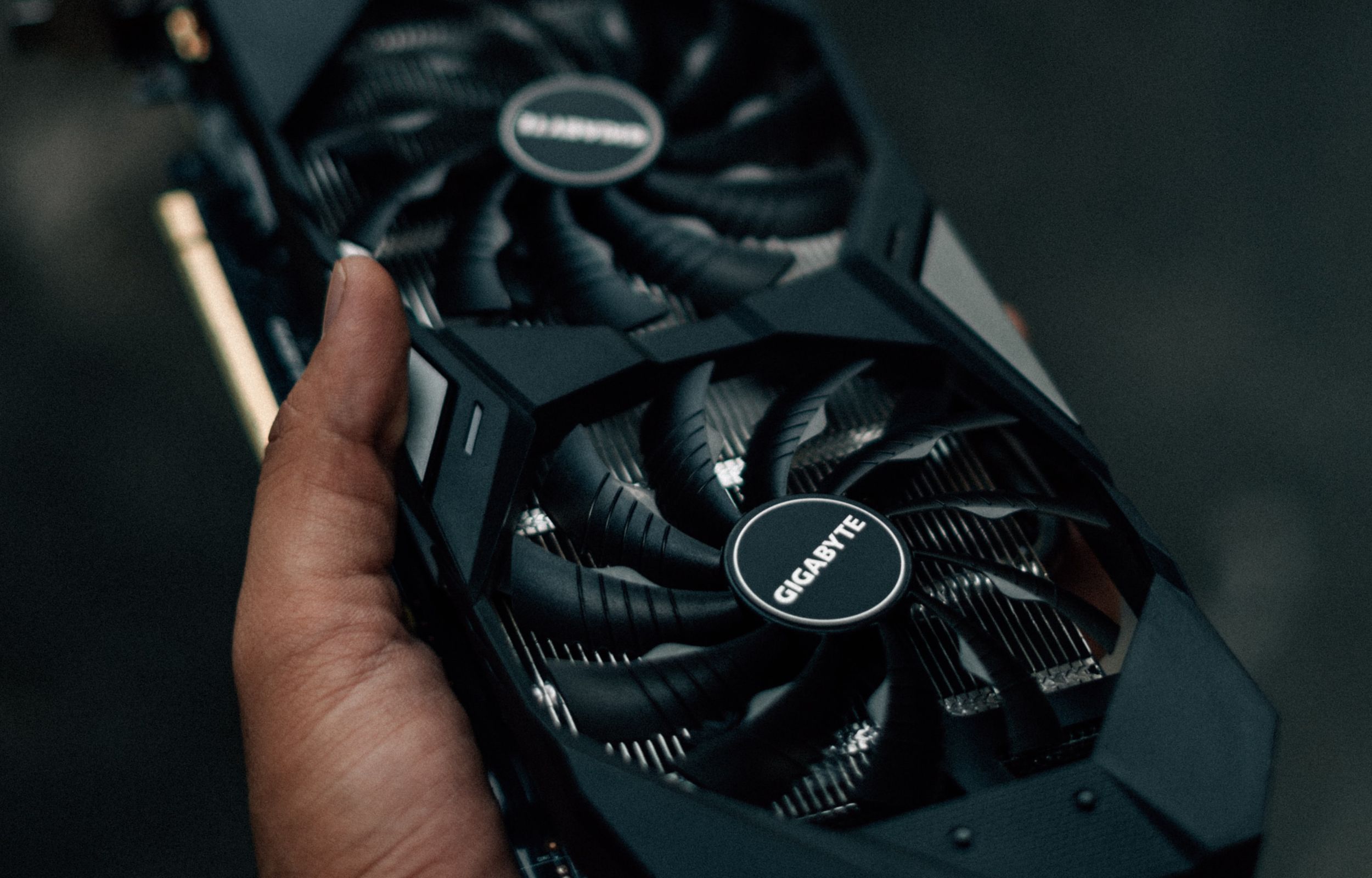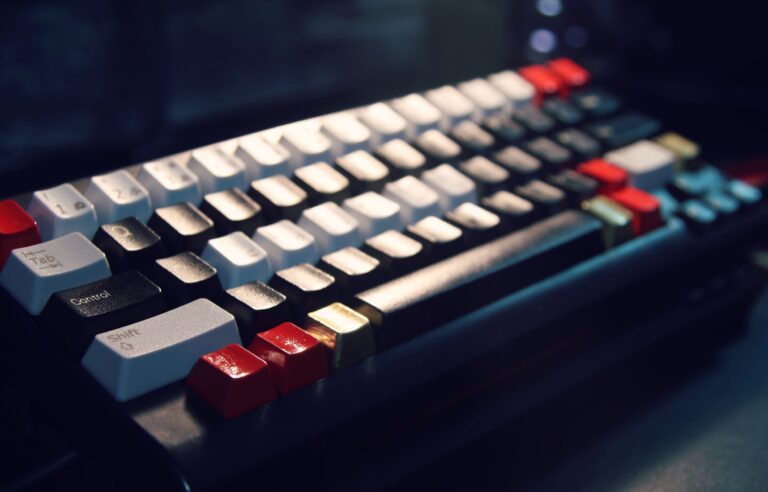How To Remove Graphics Card? Step-By-Step Guide 2023
There are a variety of reasons why you would certainly intend to get rid of a GPU from your present PC arrangement.
Perhaps you would certainly wish to upgrade to a much better GPU, perhaps the GPU is damaged and also you would certainly wish to alter it with a new one.
Maybe you would certainly want to cleanse your GPU since it has been mounted for fairly a long period of time, or possibly you would want to downgrade given that you do not need all that power currently installed in your computer and also would certainly want to decrease your electric costs and also gain a little additional cash by selling the better GPU.
In this guide, we will certainly be going through a step-by-step process on how to remove graphics card from your PC as well as give way for your new or spare GPU or if you would certainly just want to give it a bit of a clean-up.
How to Remove a Graphics Card
1. Remove Related Software Program As Well As Drivers
Every GPU system is linked to the system digitally through a software application part called the driver. While it is not mandatory to get rid of the driver prior to detaching the GPU, it is still encouraged to remove it prior to replacing the GPU card in order to avoid any type of driver disputes. The conflict usually arises when you change your GPU brands from one prominent brand name to one more.
To uninstall drivers from your system, you will require to access the RUN command on your PC. The Run Box will certainly appear once you press the Windows button on your keyboard with the R button with each other. As soon as the Run Box shows up, type in “devmgmt.msc” which will instantly open the Device Manager on your system’s display.
Currently, find your graphic card device in the device manager display as well as “right-click” on the set up GPU motorist. From the list in the drop-down menu, simply pick the “Uninstall Device” alternative.
2. Unplug All Connections
You’re mosting likely to open up the computer’s situation as well as touch its delicate electronic devices, so it’s vital to make certain absolutely nothing is linked to a power outlet.
Turn off the computer and also the PSU switch on the back of the case.
Disconnect all the power cords and also get rid of the peripherals, consisting of the computer mouse, USB flash drives, key-board, screen, and so on from the case and also make sure absolutely nothing is attached.
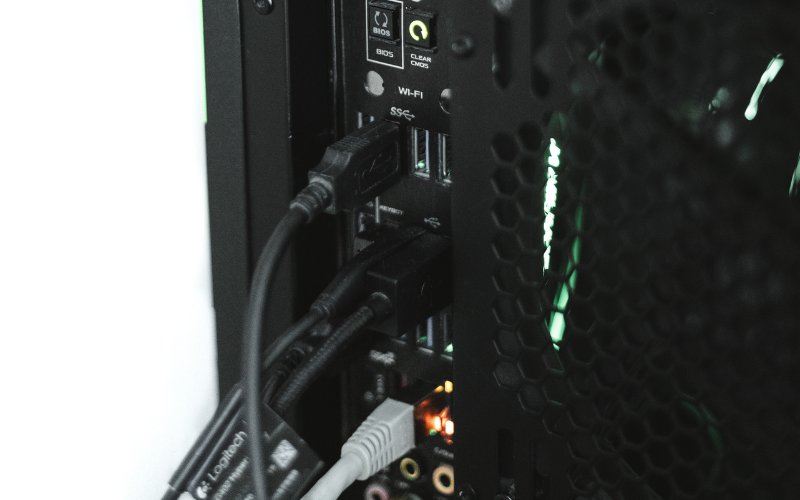
3. Remove Your PC’s Side Panel
Prior to doing anything, I highly recommend you put on an “anti-static wristband,” which will securely ground you to avoid any prospective damage to your computer’s components, also when every little thing is turned off.
You can develop lots of static electrical power in your body over time, and also coming in contact with an additional item that has electrical power still inside it can create a short circuit to occur, very much likely frying up your GPU while doing so, so to be on the safe side here, please ground yourself appropriately.
There is a side panel on every PC case that comes off to expose the insides of the computer system; there is no standard as to exactly how this side panel is held onto the case as it entirely depends upon the manufacturer itself. It could be held in a location with screws or just metal or plastic clamps that can be launched by pressing a switch, as I claimed, with no criteria.
After you have removed the side panel, placed it aside in a safe place because currently, it is time to get involved in the nitty-gritty.
4. Unplug the PCI Express (PCIe/ PCI-E) Wires
Now that the GPU is exposed, you may now proceed to disconnect the PCI Express (PCIe/ PCI-E) cords that are currently attached to it. These cables are typically located attached to the side of the GPU. Simply yank on them delicately until they are removed from their ports.
Constantly remember to pull on those cords from the plastic adapters regarding not to damage the cables themselves. If you need a bit much more assistance, you can hold on to your GPU by its cooling fans or its backplate if it has one.
Anything else connected to it such as water-cooling hose pipes as well as GPU placing braces would certainly be up to you to do even more study as they are specialty parts and also are generally not part of basic computer development.

5. Unscrew the GPU from the PC Case
The majority of GPU cards are screwed right into put on the side of the case to prevent sagging given that they can obtain difficulty. Normally, the GPU is installed to the PCIe bracket keeping the area with just one screw (or as much as 3).
GPUs are typically kept in location with 2 placing screws on the case as the GPU occupies 2 of these expansion openings for its interface. Loosen it from the case utilizing the proper screwdriver, and you’re gold. Yet do not simply push it out yet;
6. Release the PCIe Expansion Slot Clips Holding the GPU
The next step is to release the PCIe expansion slot clips that hold the GPU to the motherboard. These clips are usually located where the GPU has its attached pins. The method of releasing these clips varies from motherboard to motherboard.
Some motherboards have clips that snap into place so you just need to open them back up, while others require you to apply constant pressure to the clips as you pull the GPU out. Make sure to fully release the clips to avoid damaging the GPU and the motherboard.
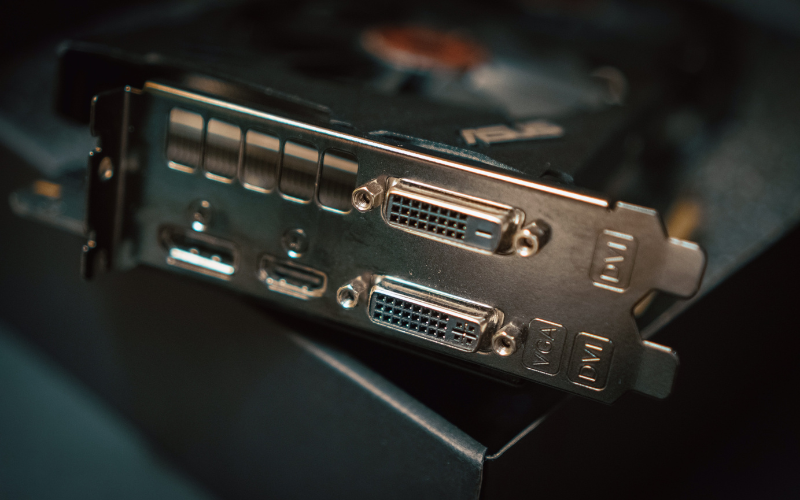
7. Drawing The Graphics Card Out
At last, all is set and done, and also the only thing left currently is to pull out the graphics unit from the motherboard. Grab it from the middle of the side with one hand (both if it’s a thick boi), staying clear of touching any bare PCB.
And also gently draw it out, seeing to it you don’t strike it against your case while taking it out. Congratulations! You have successfully gotten rid of the GPU from your Computer and your PCIe development slot is currently free.
8. Store the GPU in an Anti-static Bag
Don’t just leave the newly removed graphics unit outside. It still needs to be stored carefully to preserve its life and extend its lifespan.
Since the GPU is out, you can currently keep it away and choose what to do with it at a later time. Shop it in an anti-static bag to avoid harming it. GPUs are generally sold with an anti-static bag, so if you have the initial box of your GPU, you may reuse that anti-static bag, as well as the box itself to save your GPU.
Frequently Asked Questions
Do all computer systems have a graphics card?
Yes, all computers do have a graphics card as it is crucial for the display screen as well as graphics. The standard computers, however, featured integrated graphics while committed GPUs are set up for higher performance.
Can all graphics cards be gotten rid of?
Without a doubt, they can! Well, at the very least regular ones that are attached to your motherboard via the PCIe port.
Their outward look doesn’t affect anything in this regard– your GPU can be gotten rid of regardless of the means it looks. Triple fan styles sure can appear complicated, however, don’t allow their looks to frighten you; they, as well, can be taken out whenever you so wish!
Where is the graphics card in a computer?
The graphics card in a computer is located in the expansion port. Know that the expansion port is located closest to the processor to form a blazing-fast connection between the CPU and also the GPU for ultra-fast information transfer and also performance.
How do I identify my graphics card?
Follow these steps to determine your graphics card model:
Go to your computer’s Start menu and type in Device Manager
Now, you may see a display adapter option near the top left corner of the screen, click on the drop-down arrow near it.
From here, you can also update your graphics drivers or remove your GPU.
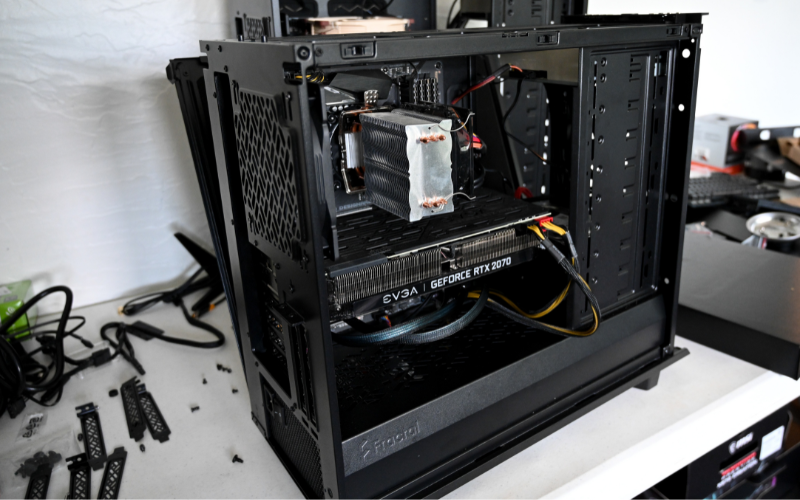
Conclusion
It sounds pretty simple, removing GPU from a computer, however like whatever in life, it’s the little details that matter. The method you pull it out, unscrewing it prior to pulling it out, ensuring the PCIe latch is released, and eliminating all the software programs and also chauffeurs it featured are all critical actions one needs to follow to execute an elimination appropriately.
While removing a GPU could look like a straightforward task, there is a lot of preparation associated with order to do it as safely and also as efficiently as feasible. Constantly consider these steps as the finest method so that you stay clear of breaking your GPU or anything in your PC as well as do not wind up with a larger expense than expected.
